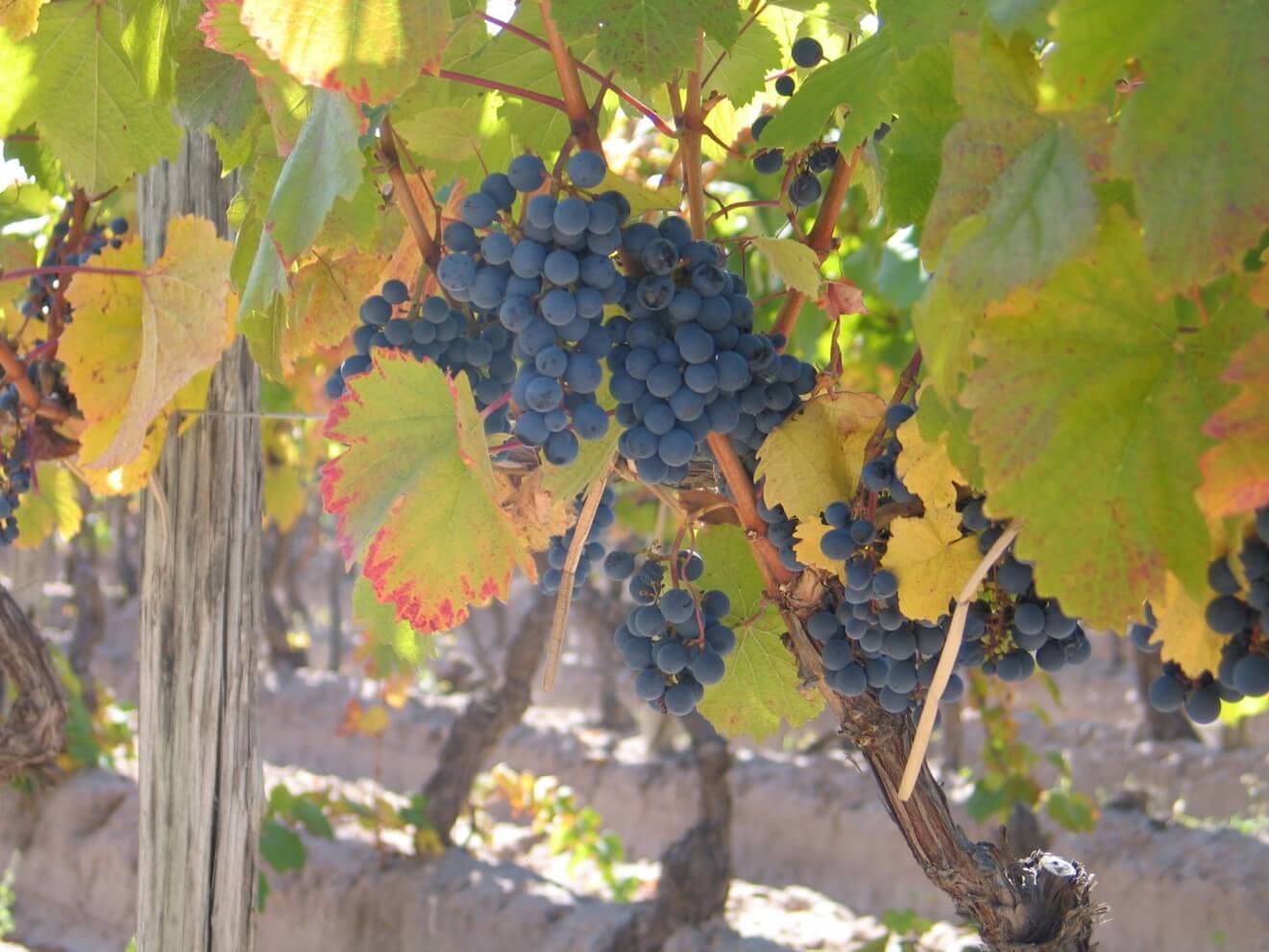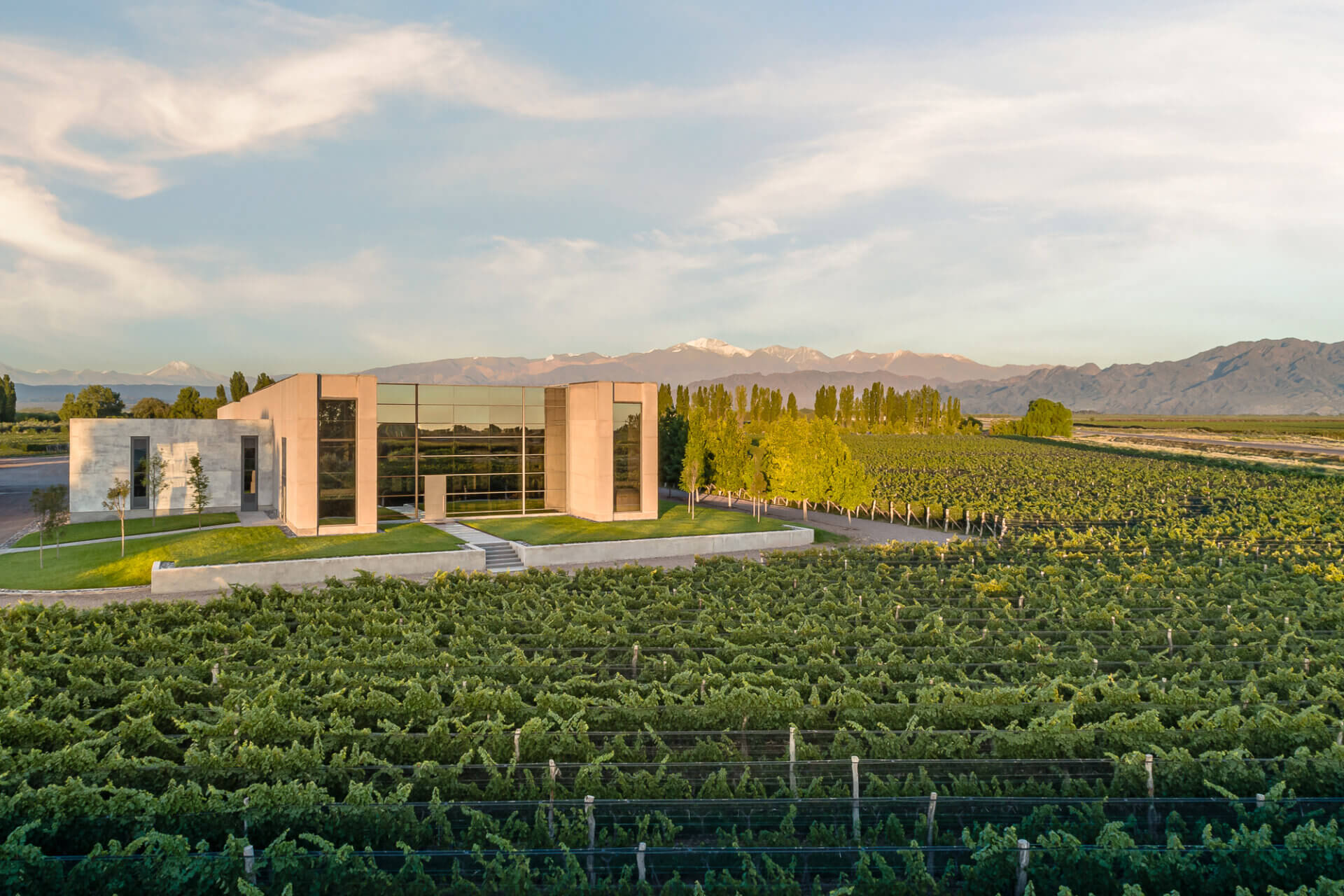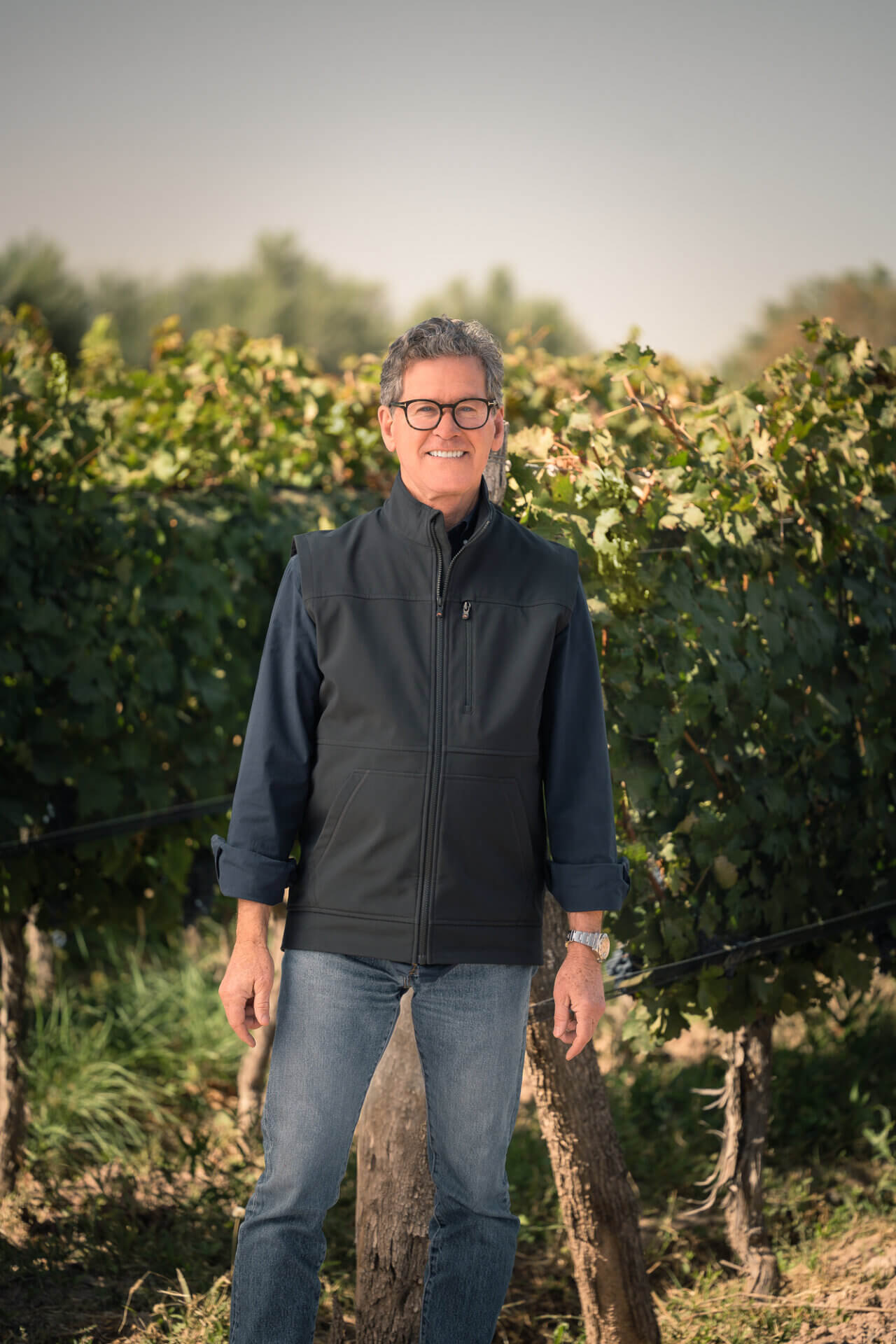by Ruth Tobias
Before potential can be realized, it has to be recognized. Case in point: Argentina. The raw materials on which major wine regions are built were always there, but it’s only been in the past 30 or so years that visionary producers have paid them the sufficient attention and respect required to transform the country’s industry into a world-class powerhouse. Among those pioneers is Paul Hobbs, founder of Viña Cobos.
In the spring of 1988, on a foray that in his words “wasn’t entirely intentional,” Hobbs found himself in Argentina after several days in Chile. He wasn’t expecting much: “The reputation of the country was so poor, and people that I respected, professors and industry people, said, ‘There’s really no point going to Argentina because all it can do is produce plonk.’ It was too warm and the soils weren’t really good for making good wine,” he recalls. But driving over the Andes from Santiago into Mendoza, he adds, “I was confused and a bit surprised: These good-looking vineyards . . . were superior in the way they were planted and the soils in which they were planted.”
His suspicion: that the country’s outside detractors “had probably flown into Mendoza; they’d seen the eastern part of Mendoza, which is very hot and very sandy.” To the west, where the mountains “taper off nice and gradually into a plain, it seemed to me to allow you to go [to a] higher elevation if heat was a problem.” In short, Hobbs continues, “I saw all this enormous possibility. The farming wasn’t good: They were over irrigating, they were fertilizing. They didn’t have a mentality for quality and they didn’t have the equipment to make quality—it was very antiquated. But I just reasoned that if you could grow high-quality grapes, you could figure out the rest.”

First and foremost, what he figured out was that Malbec would be Argentina’s signature variety. “Our mission at Viña Cobos has been . . . to show the grape’s nobility,” he explains. “I think there were a lot of questions, particularly in Argentina [where it] was considered a low-end blending variety, but it made up a major component in the Classification of 1855 in Bordeaux: A number of the Grands Crus had very high percentages of Malbec in the blend, in some cases over 50%. . . . So I just had confidence that if it was grown correctly, we could make an extremely high-quality wine.”
Of course, in order to do that, “I felt it was essential to study the terroir,” says Hobbs. “If Malbec could reflect the difference between one site and another, then you could confer nobility on it.” Thus began an exploration of Mendoza, particularly the subregions of Luján de Cuyo and the Valle de Uco, that continues to this day and that is indeed reflected in Viña Cobos’ luxury-tier offerings.

For starters, there’s Vinculum, which represents “some of the very best fruit we have from [growers in] those regions,” in Hobbs’ words. As Viña Cobos director of international sales Carlos de Carlos explains it, “When Paul arrived in Mendoza, he started to work with different people to explore places, but we didn’t have money to buy all the properties, so the natural thing was partnering with growers, and in time, he became consultant to those people. They loved to work with Paul because he gave them such good advice, and then they became part of Viña Cobos.” He clearly loves to work with them in turn: “Some of our growers we’ve had for the history of our company—they’re very loyal, and they bought into what we’ve been trying to do, and so they made sacrifices,” says Hobbs. Consisting of a Chardonnay ($50) and a Malbec ($70), Vinculum “was kind of built with them in mind—in a sense to honor them.”
Eventually, Viña Cobos was able to purchase several properties, which are showcased in the next tier: Vineyard Designate. This includes three Malbecs ($100), through which “of course our goal is to reflect . . . those nuanced distinctions between one place and another,” says Hobbs. From the Marchiori Estate in the Luján de Cuyo subzone of Perdriel comes what de Carlos calls “the classic Malbec from Argentina—a little rounder tannins, sweeter, [and] a bit richer in the mouth.” Then there’s the Zingaretti Estate in the Villa Bastías district of Tupungato in the Valle de Uco, home to vines as old as 100 years. “Even though it’s small, we produce two wines [from Zingaretti]: one from the stony part and one from the more clayey part, and then at the end we combine them to give identity to the whole place,” says de Carlos, according to whom Uco Malbec “is all about texture—it’s about linear and more textured wines.” A second Valle de Uco Malbec hails from the 20-hectare Chañares Estate in the Los Árboles district of Tunuyán, described by Hobbs as “a wild natural site” of which 10% is left to native flora and fauna, including the chañar tree for which it’s named. Here as on the other estate properties, no-till viticulture is practiced as much as possible, and herbicides are eschewed entirely; as Hobbs puts it, “From erosion control to soil preservation and maintaining the microbiome, part of what we’re doing is an experiment. If [it] shows it can really make better wine and the press appreciates it and customers appreciate it, well, we’re hopeful that even though it’s more expensive, more people will farm that way. It’s better for the planet.”
Interestingly, Viña Cobos’ top tier, which consists of two wines—the Cabernet Sauvignon–dominant Volturno ($250) and Cobos Malbec ($400)—isn’t site-specific; rather, says Hobbs, the Mendoza-appellated wines simply epitomize “the very, very best we can do in any given vintage.” Their success in that regard can be measured in myriad ways, but one of the most obvious is that, in 2014, the 2011 Cobos Malbec became the first South American wine ever to receive a 100-point score from the mainstream press. (The label has since garnered several.) As de Carlos points out, “That was huge for Argentina but also for [South America] because people looked at [it] in a different way from that time onwards. . . . Being the first has to change a lot of mentalities, a lot of paradigms. It’s a lot of convincing and challenging perceptions, and this is the ethos of Viña Cobos.”

Indeed, “facing the headwinds of a region that doesn’t have a reputation . . . is not an uncommon problem, and I actually love that problem,” says Hobbs, who recalls calling distributors in New York to sell them on Viña Cobos: “When I ran my whole spiel and told them what I was doing, at the end of that, they’d say, ‘What part of Chile did you say that’s from?’ That’s how poorly known Argentina was—but then it just kind of grew, almost by word of mouth. And that’s always inspired me. . . . That’s part of my mission, if you will, or part of what gives me pleasure: How can you make a difference in your life? I mean, if I wanted to just make a lot of money, I’d probably stay in Napa and consult for a lot of wineries, but it was more the opportunity to go into places and help. . . . But first, of course, you’ve got to make really good wine and then get it introduced to the world.”
Which brings us to another mark of Viña Cobos’ success: participation in famed French distribution network La Place de Bordeaux. “I told Paul before he hired me, ‘Argentina needs to be sold among the best wines of the world—and the place where you trade the best wines of the world is La Place de Bordeaux,’” explains de Carlos, who had had experience with the process of placing wines in the marketplace during his tenure at Chilean producer Seña. In 2022, he continues, Cobos Malbec “became the most expensive Argentina wine in La Place. And that is a huge change, because in just one release [of] 2,800 bottles, we opened seven négociants, and through [them], we opened 140 new distributors around the world and 40 new countries just in one shot. . . . I can tell you as director of international sales that the amount of calls that I receive now offering distribution in unknown places just because Cobos is in La Place is enormous—because they now see Cobos when they never saw Cobos before.”
For Hobbs, the road to La Place “has been thrilling—it’s a learning curve for me, but it’s been very enjoyable,” he says. “[While] we’d like to see Viña Cobos become an internationally recognized brand, it’s not only for [us], it’s for Argentina. Because I have a strong feeling people know that Argentina has all the requisites to compete with the very best the world has to offer—but this helps get that message out to the world.”

Please see our Editor-In-Chief’s Tasting Notes and Ratings of the wines highlighted in this article in the June/July 2023 Issue of the SOMM Journal: https://sommjournal.com/the-somm-journal-june-july-2023-digital-edition/
